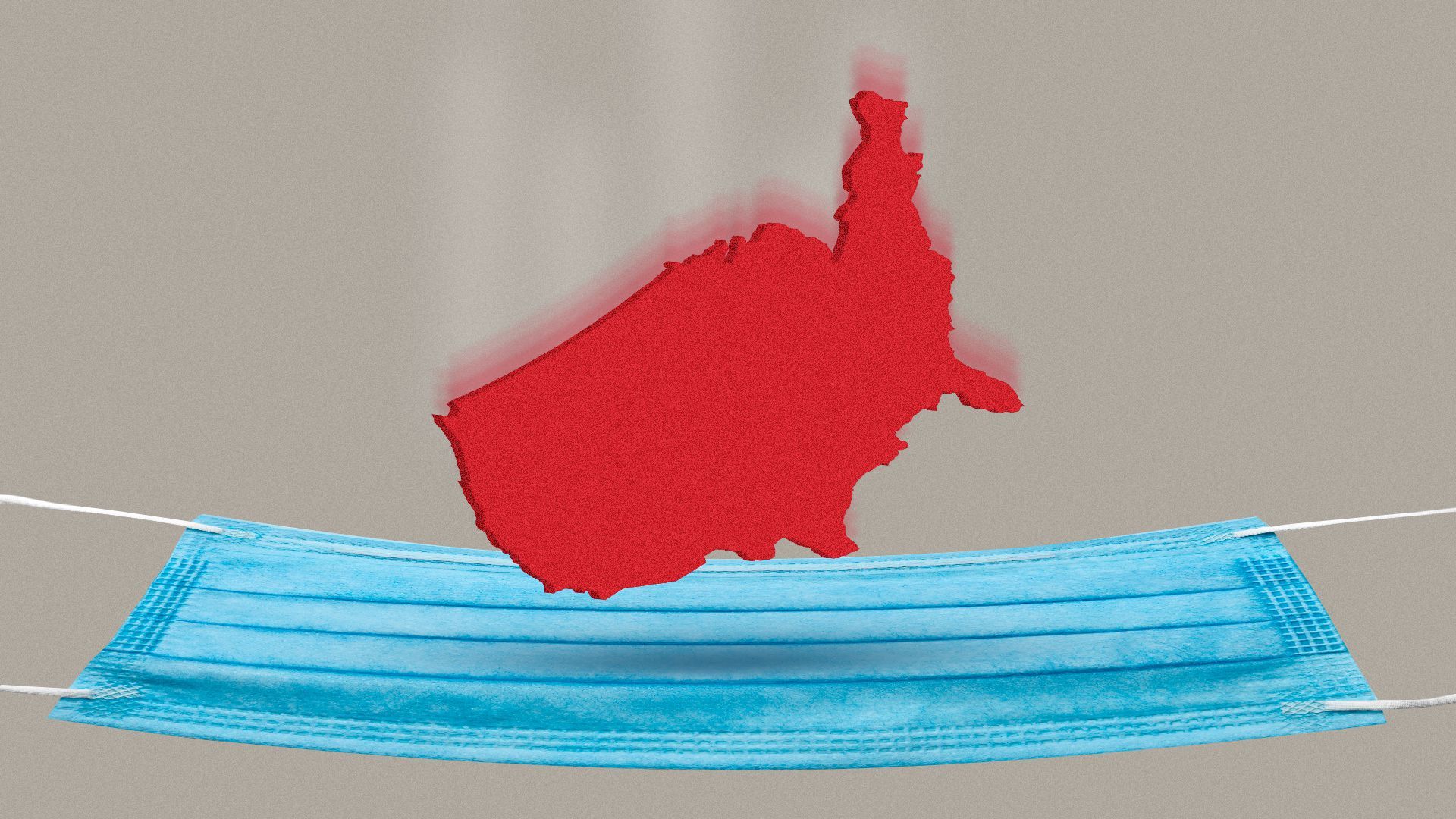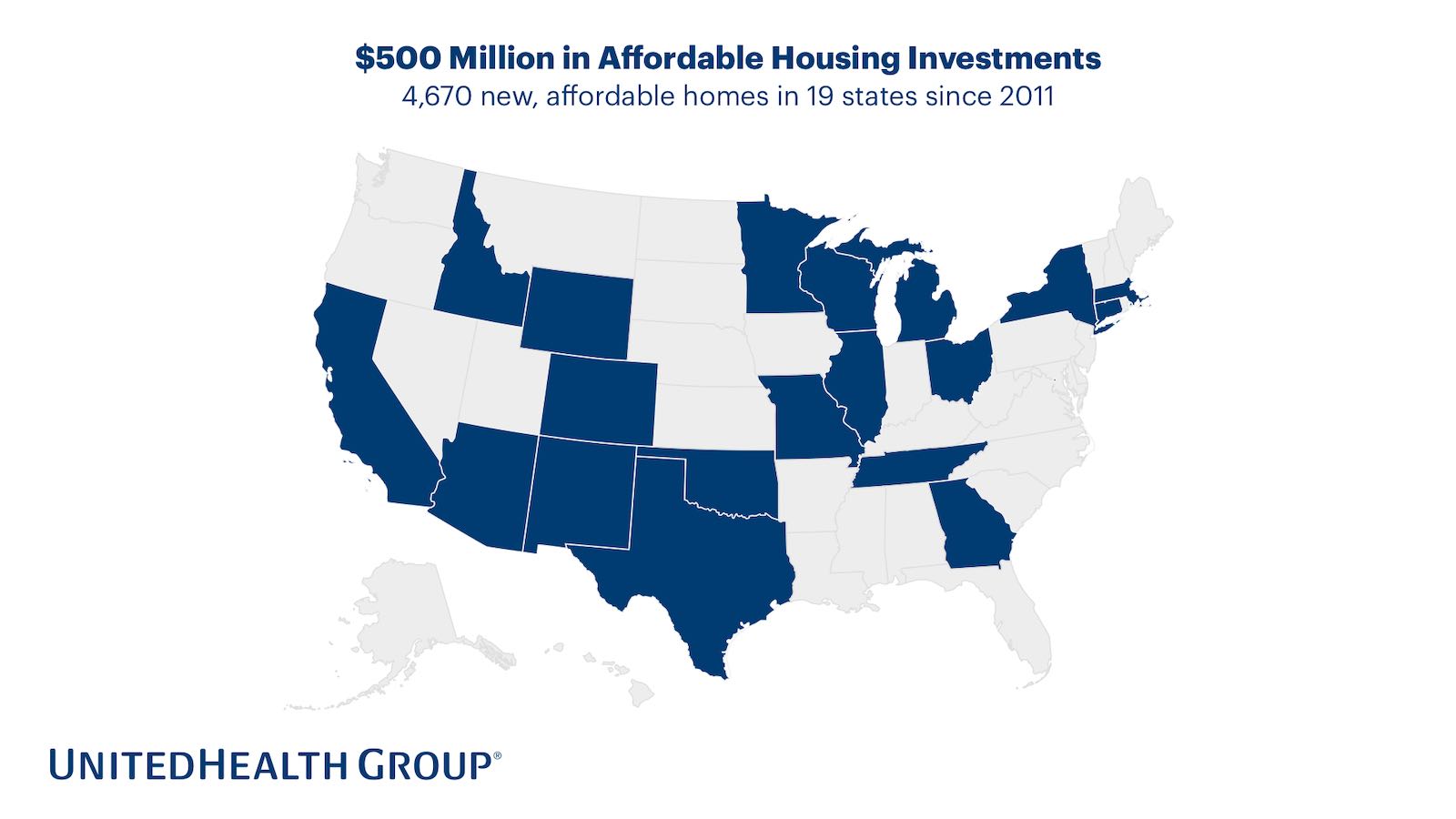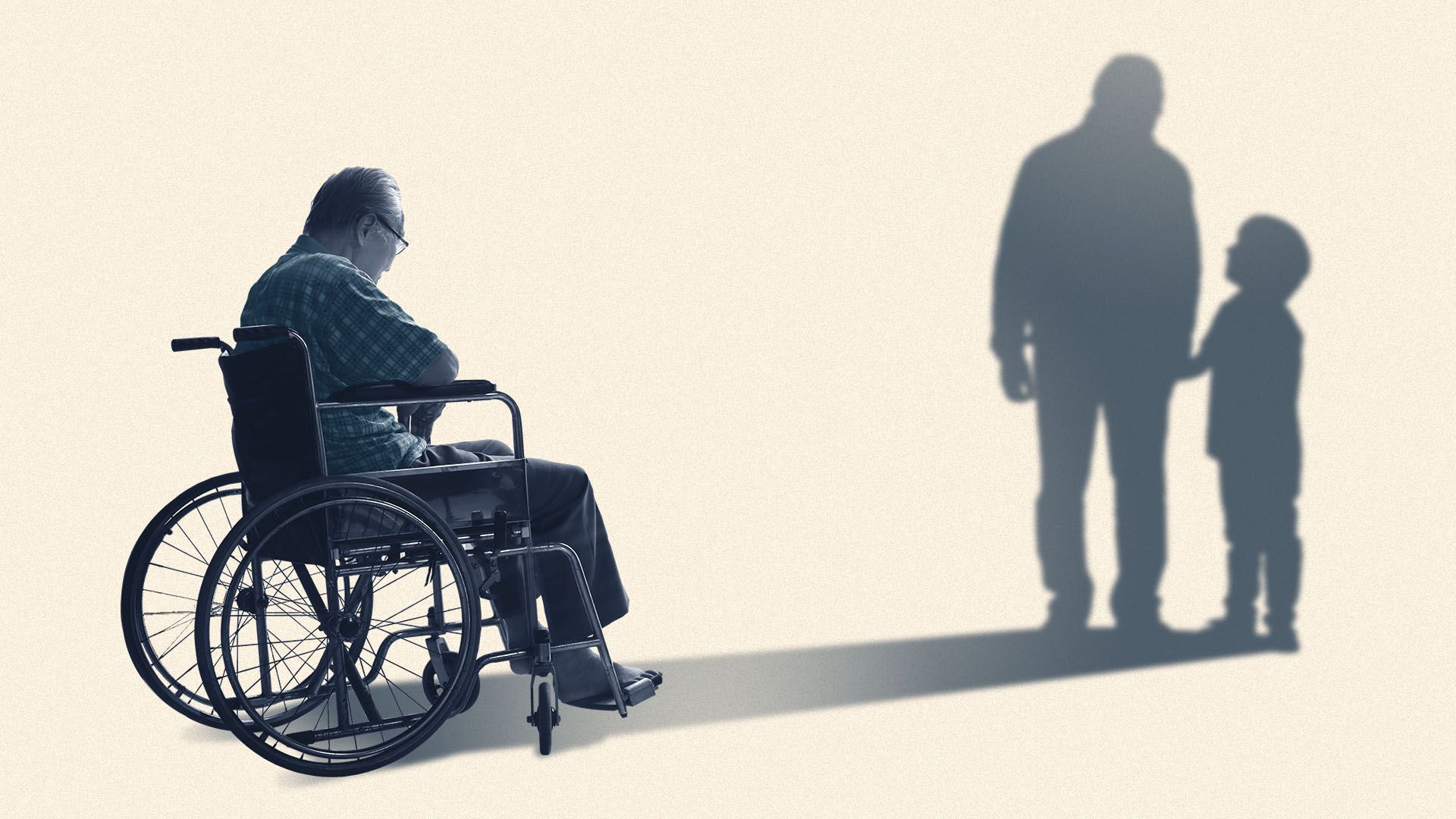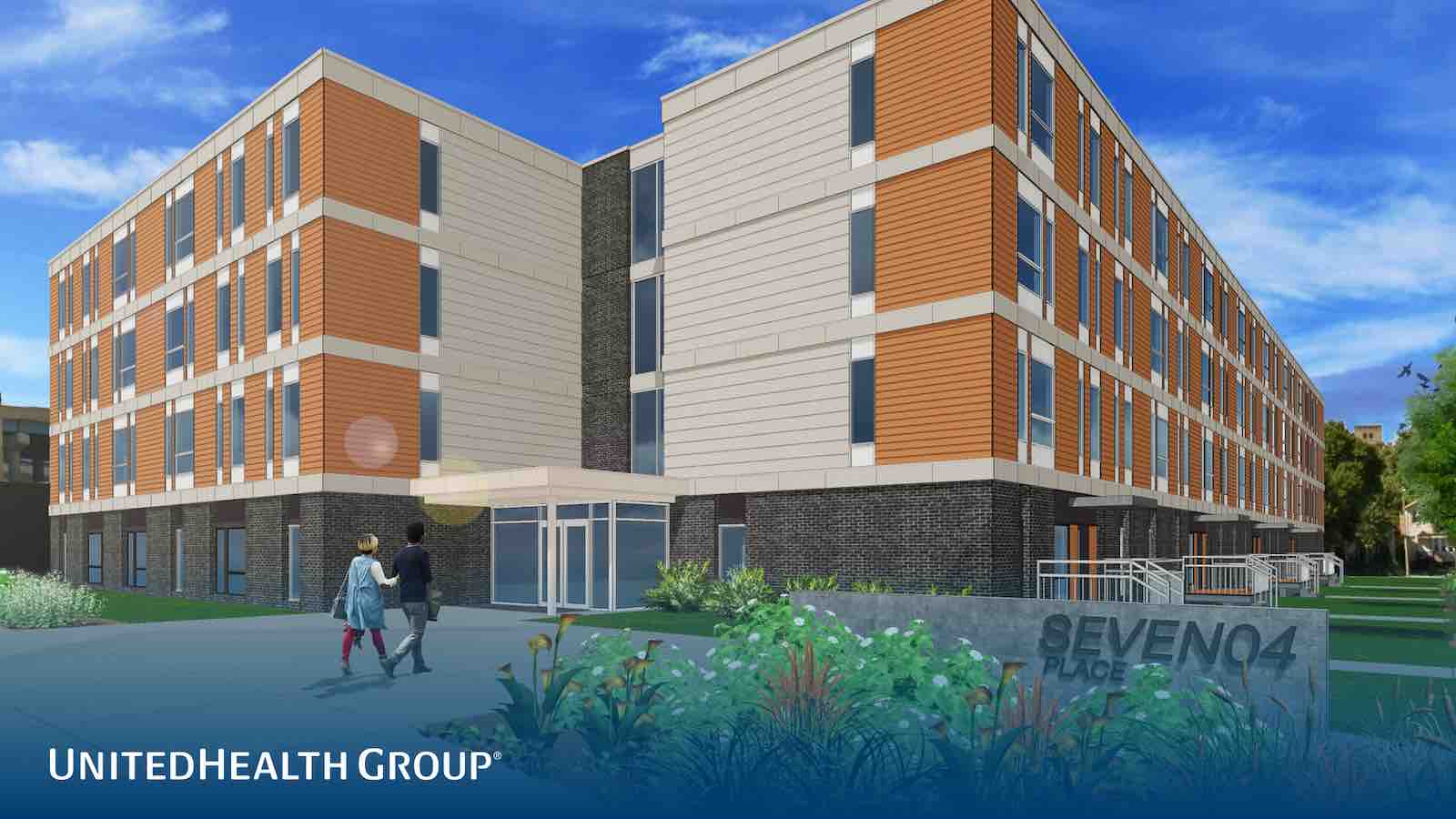| | | | | | | Presented By UNITEDHEALTH GROUP | | | | Vitals | | By Caitlin Owens ·Jul 02, 2020 | | Good morning. Vitals will be off tomorrow for the Fourth of July, but back in your inbox Monday morning. Stay safe this weekend. Today's word count is 1,271, or a 5-minute read. | | | | | | 1 big thing: How Joe Biden would tackle the coronavirus |  | | | Illustration: Aïda Amer/Axios | | | | If Joe Biden wins in November, his coronavirus response would feature a no-expenses-spared federal approach to mitigating the virus and a beefed-up safety net for those suffering its economic consequences. Why it matters: It's nearly inevitable that the U.S. will still be dealing with the pandemic come January 2021, meaning voters in America will choose between two very different options for dealing with it. The big picture: The Trump administration has opted into a largely state-led response to the virus, with some guidance and assistance provided by the federal government. - Biden's response would be drastically different: a massive, federally-driven effort in which no cost would be too high.
Details: America would literally look different, as Biden would "insist" that people wear masks in public. But the role of the federal government would be enhanced far beyond that. - A federal Pandemic Testing Board would oversee efforts to produce more testing supplies, coordinate test distribution and create guidance for who should be tested.
- The federal government would also provide and pay for testing for every worker who is called back to work and set up a national contact tracing workforce of at least 100,000.
- Biden would name a "supply commander," whose job would be to work with governors to determine states' needs for equipment, protective gear or medication, and to then coordinate production and delivery of these supplies.
- And he'd use the Defense Production Act to ramp up supply production, particularly of personal protective equipment.
Yes, but: A federal role of this magnitude may be hard to fit into the U.S. federalist system, some experts warn. - "In terms of [the federal government] actually distributing tests and figuring out at a very granular level who needs what, I'm just not sure that's necessarily responsive to the reality of how these things get done," said Lanhee Chen, director of domestic policy studies at Stanford University.
|     | | | | | | 2. Biden's plan extends to the workplace | | Like the virus itself, Biden's response would go far beyond the realm of public health. - Essential workers would have much more substantial protections, including access to personal protective equipment, coronavirus testing and child care assistance. They'd also receive premium pay.
- Workers who become infected by the virus would have paid leave, paid for by the federal government, for the entirety of the time it takes them to recover and complete a quarantine.
- The federal government would also fund a broad category of paid leave, including for workers who are caring for people who have the virus and those who can't work because they are at increased risk for the virus.
- Unemployment benefits would be expanded so laid-off workers who can't look for new jobs could receive them, and so workers who have received a reduction in hours could receive partial unemployment benefits.
Yes, but: Many of these changes would have to go through Congress, where there's already debate underway about whether the initial aid packages have created work disincentives and whether the federal government should send more aid to state and local governments. - Chen's verdict: "I think once you start talking more about paid leave for everybody, it becomes more of a challenge."
|     | | | | | | 3. The latest in the U.S. |  Data: The Center for Systems Science and Engineering at Johns Hopkins; Map: Andrew Witherspoon/Axios. This graphic includes "probable deaths" that New York City began reporting on April 14. Scott Gottlieb, the Trump administration's former FDA commissioner, told CNBC Wednesday that the U.S. is likely only diagnosing one in 10 new coronavirus infections and that between 400,000 and 500,000 Americans may be contracting the virus every day. President Trump told Fox Business in an interview Wednesday that he still believes the coronavirus will "at some point just sort of disappear," as he first claimed in February before the pandemic was declared. Trump also told Fox Business that he supports another round of direct stimulus payments as part of a potential phase four coronavirus relief package. The private sector added 2.4 million jobs in June, according to ADP's national employment report released on Wednesday. The report also included a massive revision to its May data, saying there were 3.1 million jobs added that month rather than 2.8 million lost (as initially estimated). Patients who received an experimental coronavirus vaccine being developed by Pfizer and BioNTech generated immune responses to the virus, and there were no life-threatening side effects, according to early trial results posted Wednesday and reported by STAT. The pandemic-enforced lockdown that led to a boom in virtual fitness activities is here to stay, Axios' Bryan Walsh writes. California Gov. Gavin Newsom ordered bars in 19 California counties to close on Wednesday, and he mandated that indoor service for restaurants, movie theaters, museums and zoos cease immediately. New York City Mayor Bill de Blasio announced on Wednesday that the city will not resume indoor dining at restaurants on July 6 over fears that coronavirus surges in other states could renew the outbreak in New York, the New York Times reports. |     | | | | | | A message from UNITEDHEALTH GROUP | | Why UnitedHealth Group is investing in affordable housing | | |  | | | | Housing security plays a key role in one's health. What we're doing: Invested $500 million in affordable housing since 2011, resulting in over 4,670 new, affordable homes in 19 states. See how we're working to address determinants of health, like housing, to help drive better health outcomes. | | | | | | 4. Coronavirus cases rising throughout the U.S. |  Data: The COVID Tracking Project, state health departments; Map: Andrew Witherspoon, Sara Wise, Naema Ahmed, Danielle Alberti/Axios The number of coronavirus cases increased in the vast majority of states over the last week, and decreased in only two states plus the District of Columbia. Why it matters: This is a grim reminder that no part of the U.S. is safe from the virus. If states fail to contain their outbreaks, they could soon face exponential spread and overwhelmed health systems. Flashback: A month and a half ago, shortly after states began reopening, cases were decreasing or holding steady in most states. The rapid spread of the virus since then shows how quickly the state of the pandemic can change. - Florida, for example, saw cases decline by 14% between May 4 and May 11. This week, cases increased by 109%.
The big picture: States continue to set new records for their number of coronavirus cases and hospitalizations on a regular basis. - Officials in Los Angeles County have warned that hospitals could run out of beds in two to three weeks, the L.A. Times reported.
- Just yesterday, Texas, Arizona and Georgia reported record-high case numbers.
Some states saw large increases in testing over the last week, which could account for the growth in cases. But in 36 states, case growth exceeded testing growth, meaning that the spike in cases generally isn't due to increased testing. The bottom line: The U.S. initially avoided the nightmare scenario of coronavirus patients dying untreated in hospital hallways — but this scenario is no longer out of the question. |     | | | | | | 5. Replacing the nursing home |  | | | Illustration: Sarah Grillo/Axios | | | | Nursing homes have been the epicenter of the coronavirus outbreak, prompting more urgent discussions about alternative housing situations for elderly Americans, Axios' Kim Hart reports. Why it matters: Deaths in nursing homes and residential care facilities account for 45% of COVID-19 related deaths, per the Foundation for Research on Equal Opportunity — but there are few other viable housing options for seniors. The alternatives that are available are getting a closer look. Here are the ones that are growing in popularity: - "Granny flats" — or small units built in backyards, above garages or in basements — are seeing the biggest surge in interest, experts say, because they are often easiest to tack onto existing structures and get less resistance from the NIMBY crowd.
- Multigenerational living has increased over the past decade, with 9.3 million people over 65 living with grown children or grandchildren in 2017.
- Co-living — or living with roommates and sharing common areas a la "The Golden Girls" — is still relatively small among the 65-and-older camp, but the rise of services that match older roommates like Nesterly and SilverNest has boosted interest.
The big picture: Most communities do not have the housing that will be needed as their residents age. Go deeper. |     | | | | | | 6. Amgen wins Enbrel drug patent appeal | | A federal appeals court has upheld Amgen's patents tied to its blockbuster arthritis drug Enbrel, a decision that will block biosimilar competition until 2029. The FDA approved the first biosimilar to Enbrel in 2016, Axios' Bob Herman reports. The big picture: Amgen is heavily reliant on Enbrel, which brings in more than $5 billion in revenue per year. - Now, the company — which has spent more money on stock buybacks than drug research since 2016 — has almost another decade of monopoly control over the drug, which has a net price of roughly $44,000 for a year of treatment.
Go deeper: Biosimilars are barely a thing |     | | | | | | A message from UNITEDHEALTH GROUP | | UnitedHealth Group's affordable housing commitment grows to $500M | | |  | | | | 15 million people in the U.S. lack access to stable housing. To help address these needs, UnitedHealth Group has supported the development of 83 communities in 19 states, resulting in over 4,670 new, affordable homes since 2011. Learn how addressing housing insecurity can lead to better health. | | | | | | Axios thanks our partners for supporting our newsletters.
Sponsorship has no influence on editorial content. Axios, 3100 Clarendon Blvd, Suite 1300, Arlington VA 22201 | | | You received this email because you signed up for newsletters from Axios.
Change your preferences or unsubscribe here. | | | Was this email forwarded to you?
Sign up now to get Axios in your inbox. | | | | Follow Axios on social media:    | | | | | |












